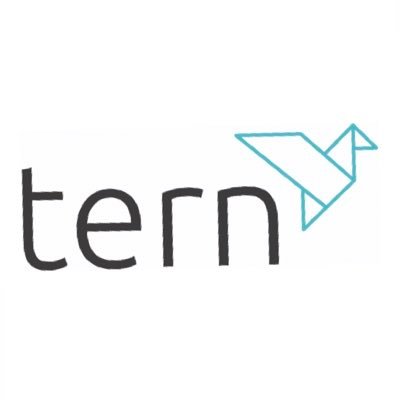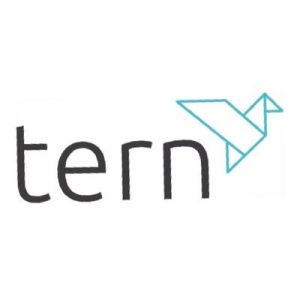As the convergence of the Industrial Internet of Things (IIoT) and Operational Technology (OT) continues, ensuring security in industrial environments is paramount. The Purdue Enterprise Reference Architecture (PERA) remains a critical framework for safeguarding these systems, enabling resilience against cyber threats while facilitating seamless technology integration.
Recognised for its structured approach to industrial network security, the Purdue model segments operations from Level 0 (physical processes) to Level 5 (enterprise IT), reducing risk and maintaining system integrity. This separation helps prevent unauthorised access, contain breaches, and ensure operational continuity. As IIoT adoption accelerates, organisations must implement such frameworks to protect critical infrastructure from cyber threats, data breaches, and disruptions.
The increasing interconnection of IT and OT, driven by the proliferation of IP-connected devices, necessitates an updated approach—Purdue 2.0. This enhanced framework supports risk-based asset management and acknowledges the challenges associated with smart device integration. By mapping critical assets, analysing communication flows, and addressing vulnerabilities in IP-based connectivity, Purdue 2.0 strengthens industrial security in the era of Industry 4.0.
To optimise the Purdue model’s effectiveness, alignment with industry standards such as Identity and Access Management (IAM), Privileged Access Management (PAM), and regulatory frameworks like WP29/R155/R156 is essential. These measures enhance lateral movement prevention, enforce granular access controls, and facilitate compliance automation, helping organisations meet increasingly stringent security requirements. As smart device adoption expands, defining interactions within the Purdue framework enhances risk management and overall security posture.
Device Authority is a leader in securing industrial ecosystems with solutions built around the Purdue model. Our expertise spans Levels 0 to 3, delivering comprehensive IoT and OT security. A key example is our collaboration with Baker Hughes in developing the Remote Access Controller (RAC). Designed for constrained environments with limited memory capacity, the RAC incorporates advanced identity management and authentication while adhering to Purdue segmentation principles. This ensures secure remote access without compromising performance, a critical requirement in today’s industrial landscape.
Despite ongoing technological advancements, the Purdue model remains foundational for network segmentation and cybersecurity best practices. Its principles align with modern security frameworks such as zero trust and support digital transformation initiatives. Organisations leveraging the Purdue model can mitigate cyber risks, maintain regulatory compliance, and securely integrate next-generation technologies such as AI, machine learning, and edge computing.
Device Authority remains committed to securing IoT and OT ecosystems, enabling organisations to embrace digital transformation without compromising security. By advancing trusted frameworks like the Purdue model and integrating cutting-edge security solutions, we empower industrial enterprises to stay resilient against evolving cyber threats and future challenges.
Tern plc (LON:TERN) backs exciting, high growth IoT innovators in Europe. They provide support and create a genuinely collaborative environment for talented, well-motivated teams. Device Authority is focused on securing connected device ecosystems and is recognized as the global leader in Device Identity Lifecycle Management and Identity and Access Management (IAM) for the Internet of Things (IoT).


